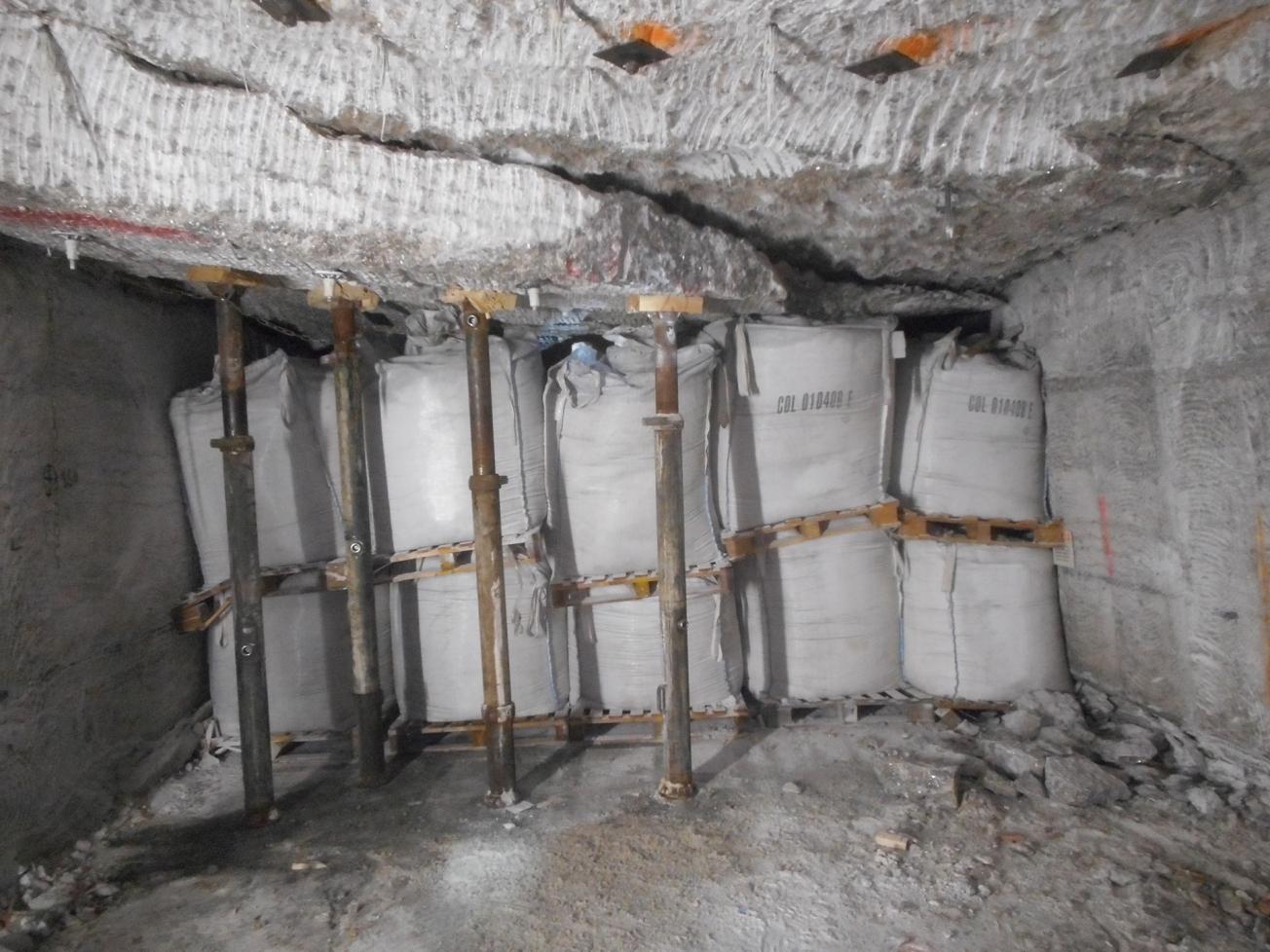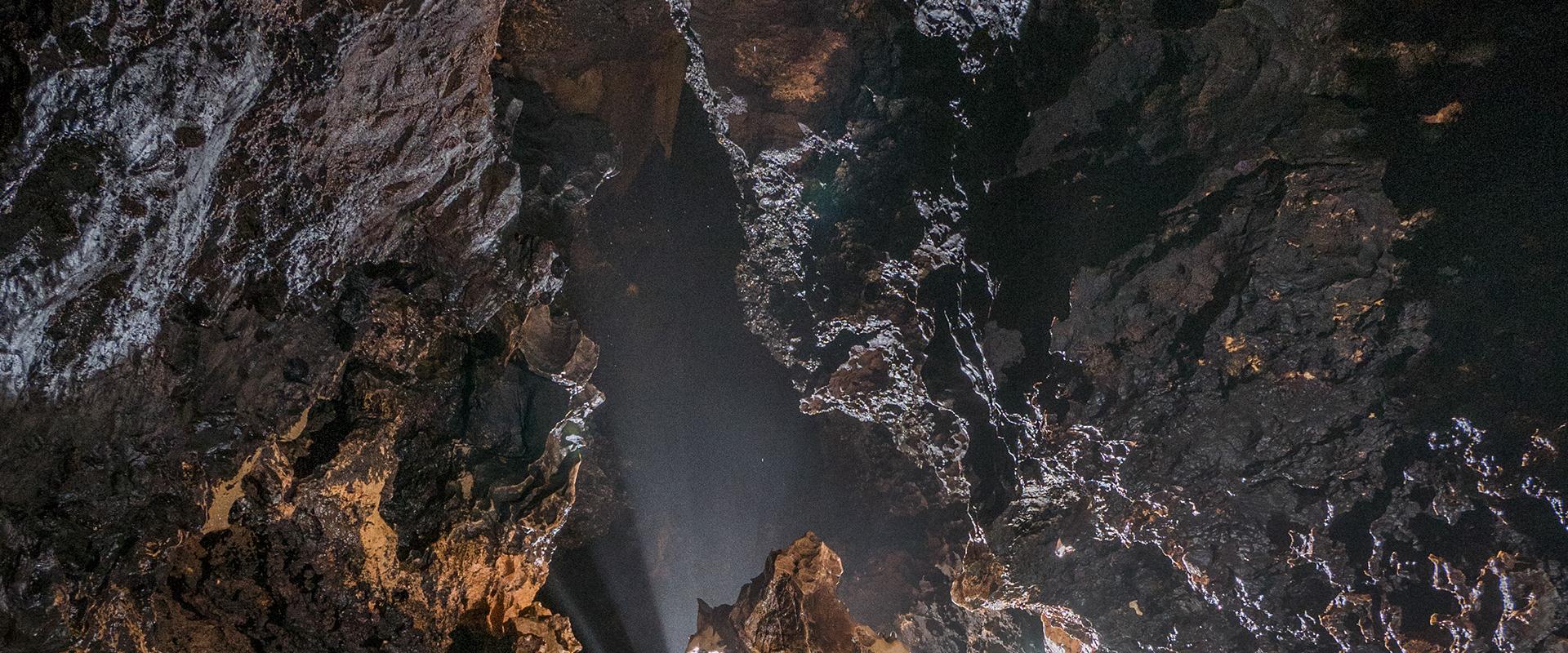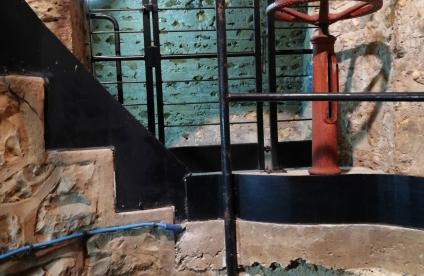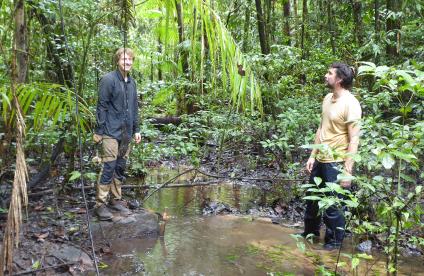
Packages of waste stored at the Stocamine underground site (2017).
© MDPA
Background information
The aim of the Stocamine project (authorised in February 1997) was to store hazardous waste for a period of 30 years (under reversible conditions) in galleries specifically created for this purpose in the layers of rock salt located beneath the old potash deposits exploited by the Alsace Potash Mining Company (MDPA). In September 2002, a fire in Block 15 prevented the continuation of operations and raised doubts about the project's working assumptions, even though approximately 44,000 tonnes of waste had been stored there.
On 23 March 2017, the Prefect of Haut-Rhin signed a prefectoral decree authorising the containment of the waste for an indefinite period, after removal of most of the waste containing mercury from the storage location. Mercury is the most hazardous contaminant for the water table in the event of water infiltration and a pressure build-up, should there be a defect in the planned containment barriers. Part of the waste was removed from 2015 to 2017. At the same time, surveys and audits made it possible to improve and finalise the design of diverse, state-of-the-art containment barriers. In 2018, MDPA built a pilot containment dam.
Further to a request from the Minister of Ecological and Inclusive Transition, and in view of the local concerns that remained, the Prefect of Haut-Rhin organised a meeting with the main local authority officials and Members of Parliament on 23 March 2018.
Audit carried out by BRGM
In April 2018, the Ministry of Ecological and Inclusive Transition asked BRGM to conduct an expert audit to assess the time required to remove all the waste (except that contained in Block 15) in acceptable safety conditions. The audit had to cover the entire removal process, taking into account the galleries (considering their current state and foreseeable deterioration) and the reconditioning of the packages, and identify the critical stage(s) of the removal process. It also had to examine several removal scenarios from different perspectives, taking into account the need to manage the risks for operators at the bottom of the mine and ensure the fire-damaged Block could still be sealed off afterwards.
BRGM carried out its assignment with the support of the following group of international experts in order to cover all operational aspects:
- two organisations with expertise in the operational aspects involved, and particularly salt-mining work: DMT GmbH & Co. KG (Germany) and PLEJADES GmbH (Germany);
- an organisation with expertise in mining safety: Laboratorio Oficial José María de Madariaga (Spain);
- an expert in rock mechanics applied to mining operations: Prof. Pedro Ramírez Oyanguren (Spain);
- an organisation with expertise in packaging waste: Sat. Kerntechnik GmbH (Germany).
After BRGM's audit report was submitted at the end of October 2018, the Ministry of Ecological and Inclusive Transition asked BRGM to carry out additional studies and provide information on the following points:
- assessment of the duration of the preparatory phase before the start of the work (duration of the decision-making processes, prior administrative and public procurement procedures, etc.) in order to have a potential date for starting the work, if a decision was taken by the end of 2018;
- comparative evaluation of the different scenarios in relation to the scenario corresponding to the terms of the prefectoral decree of 23 March 2017 (contain the remaining waste without bringing anything else to the surface), ranked according to a cost/risk assessment in terms of:
- the inherent risks of the operations (for the water table, the personnel at the bottom of the mine, and on the surface in the event waste is brought up);
- the associated costs (operating costs, purchase of new equipment for the bottom of the mine, personnel costs, maintenance costs, storage/repackaging and transport/disposal of waste brought to the surface).
Audit results
-
Public report in "Time frame for total removal of Stocamine waste (excluding fire-damaged block): analysis of a 15-year time frame and alternative scenarios"(PDF, 49 MB)
-
Summary presentation of the study(PDF, 2 MB)
-
Additional elements requested by the Ministry of Ecological and Inclusive Transition in October 2018(PDF, 670 kB)







